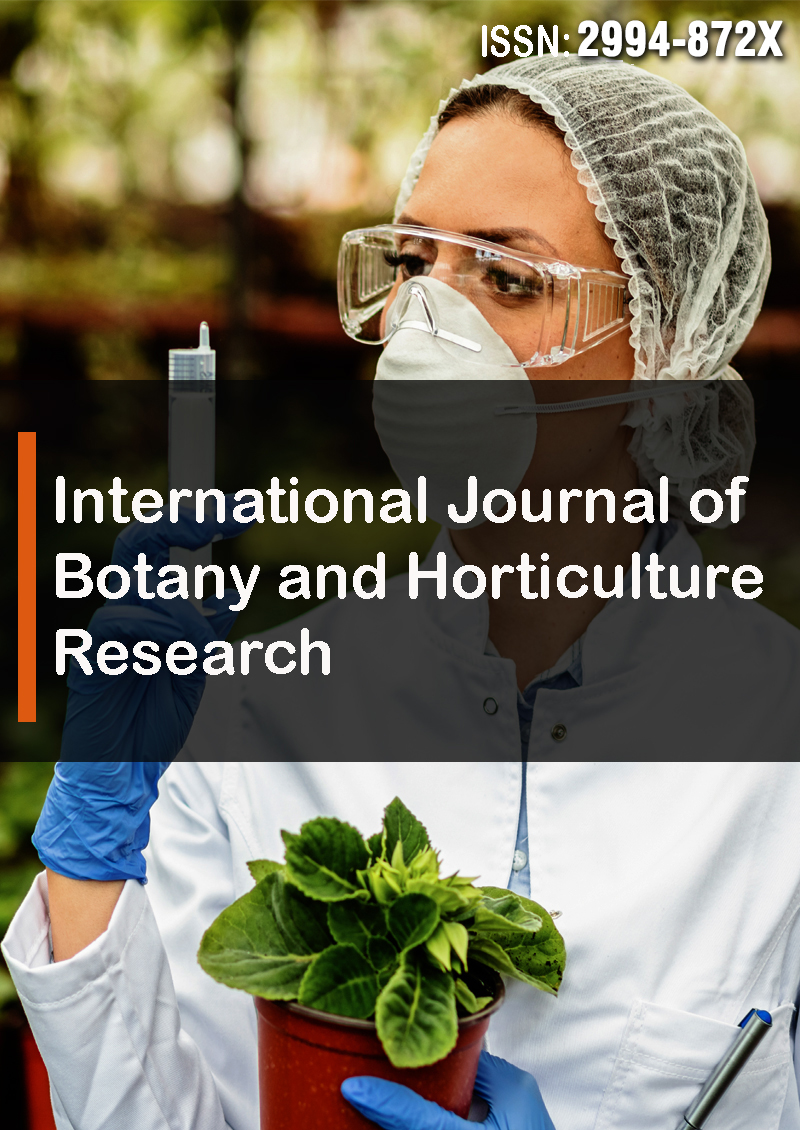Impact of Nanosilica on Anatomical, Morpho- Physiological and Yield Characters of Rice (Oryza Sativa l.) for Drought Tolerance – A Review
Abstract
K. Krishna Surendar, R. Karthik Raja, N. Sritharan, V. Ravichandran, M. Kannan, E. Sathiyavani, S. Krishnakumar, R. Amutha and R. Pushpam
Rice (Oriza sativa L.) is considered as most staple food crops to world`s population. It is grown under irrigated ecosystem and some parts of India and Tamil Nadu cultivated under rain fed ecosystem also. Rice is also known as ‘Global grain’ because it is cultivated in more than 100 countries. Asian countries are the toppest in production and consumption of rice. Rice is one of the important staple food and most of the world population depends for its consumption and also income generation. Rice productions are severely affected by drought and its impacts yield. Agricultural scientists are mainly focus on drought stress, because climate change highly impact agricultural production through drought and it occurs frequently and unpredictable manner. Among the different growth stage of rice, reproductive stage is the sensitive stage to drought. Drought occurs during this reproductive period it will be directly reflected in yield traits.The major constraints in rice production is climate change (drought and flooding). Which generally affects the hydrological fluctuation levels and finally affecting agricultural mostly in developing countries. Drought is the major limiting factor for rice production. Therefore, enhancing rice yield with climate change and water limitation is the first approach for enhancing rice production to meet out the food demand in future, expected from the probable increasing in world population. Silicon is considered as non-essential nutrient because, silicon cannot fulfil the “essential criteria for a nutrient” Silicon deposition and cell wall modification change the turgor pressure of the guard cells, it results in a reduction in the stomatal conductance. In agriculture, silicon is considered as a quasi-essential element and beneficial effect on plant growth and development of the plant especially in abiotic stress conditions Nanotechnology has evolved into a rapidly growing field. Compared with normal material, nanomaterials have unique characters like high surface area, more reactive and a great surface volume ratio. Nanosilica had better results on mitigating the adverse effect of abiotic stress when compared with normal and bulk application of silicon fertilizers. Hence, with this background, the present review has been fremed to validate the aim of this study to understand and analyse the anatomical, morpho-physiological and yield changes under drought in rice varieties and also to study the amelioration response of drought stress by the foliar application of nanosilica.



